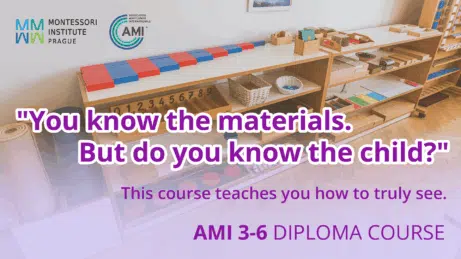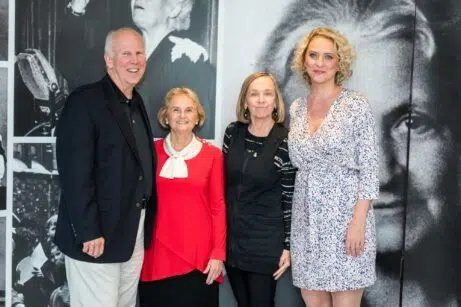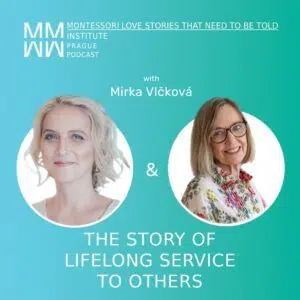How I let go of my adolescent child

This is a story of how I let go of my son and why I would do it again even if I could go back in time…
In my memories, I see my beautiful baby boy when he was born. And then – just in a blink of an eye – I am looking at an 18-year-old young adult whom he’s become; we’ve just finished our family dinner. We talked about universities he is exploring his next step in life… It passed by so fast…
Krystof was the inspiration for the Montessori parent and child program, which I started way back in 2008. This later developed into a Montessori Casa and then into an elementary school. To develop an idea into a school takes time. So, Krystof, in fact, had to go to a public Montessori school while I was starting these programs. I wasn’t fast enough to open the school for him.
By the time he turned into an adolescent, we had our infant community (1.5-3), our primary program (3-6), and our lower elementary school (6-12). We “only dreamed” about the farm at this point.
When the opportunity came up for Krystof to apply for the Swedish adolescent Montessori program run by Jenny Hoglund, I felt like it was the universe saying thank you to me for all my Montessori work. We shared with Krystof about the farm. He took a week to think. In a week, he came to us and said he wants to try. He was scared, and at the same time, he felt that it was a great opportunity, and he wanted to try. I think deep inside he felt the call of freedom to become independent of us. That was what attracted him.
In this photo, he is 12 years old. He just walked out of the door of our house to get in the car with my husband who drove him to Sweden. I still remember the feelings I had, walking our son out, toward his future adulthood. I knew my job was done. And now, he is “on his own”. My role from now on is to provide the safe harbor to which he can return once in a while, to offer my opinion, and to respect his choices. Hopefully, his choices will be good, right?

When my husband and I first shared with our family and friends the idea of sending our 12-year-old child to study abroad at a boarding farm adolescent program, they looked at us as if we were crazy. “He is too young,” they thought. But I remembered my own adolescence well. I knew what he needed, and I wanted him to have the best possible environment for growth and development, even if it meant that we would not be home with us every day.
Maria Montessori summarized her thoughts about the needs of adolescents in the appendices of the book called “From Childhood to Adolescence.” This is where we find her basic ideas about the adolescent child and what it is that adolescents need. All parents of adolescent children should read the appendices and think about her words.
Out of all that she wrote, this quote resonates with me the most:
“I am going to plead for something that may seem strange to you, but which seems essential: The child should have a holiday for the three years he has saved. This will coincide with the age of physical development, of puberty. The child whose chief mission should be to develop his own integrated individuality stands at the threshold of adult life.
Maria Montessori, Disarmament in Education p. 259, 1932
I should like to see children leave their narrow homes and go into the hills or to the sea, or into the country, where they will be in touch with nature and learn some practical trade. Here they can meditate and their innate sense of justice and of life will blossom tranquility under ordered labor and this natural existence. Under such conditions humanity will attain a state of freedom and kindliness in which it will sense the answers to many questions which seem to us obscure and difficult. I can imagine these children returning to their formal studies when they are sixteen, feeling that they understand something of life and have achieved a sense of direction.”
I knew that we would miss Krystof. I also knew that, for him, living on his own in a community of other young people, in connection with nature and the countryside where there is plenty of physical work meaningfully connected with academic studies, and where he would be treated as an adult, was the best experience he could have. Krystof’s three-year experience participating in the live-in, study, and work adolescent farm program confirmed it. It was one of the best parenting decisions we ever made, to trust in him that much and to let him go.
He learned a lot while living and studying in Sweden. We have many funny and difficult stories to share about this experience as a family. If you are considering enrolling your child in a boarding adolescent Montessori program and need someone to support you, let me know. I am happy to be there for you. Montessori parents of young adolescents should support each other.
There was a difference between who he was before and who he became when he left home to live on his own. When he returned home for the first time, we felt he had grown a meter taller.
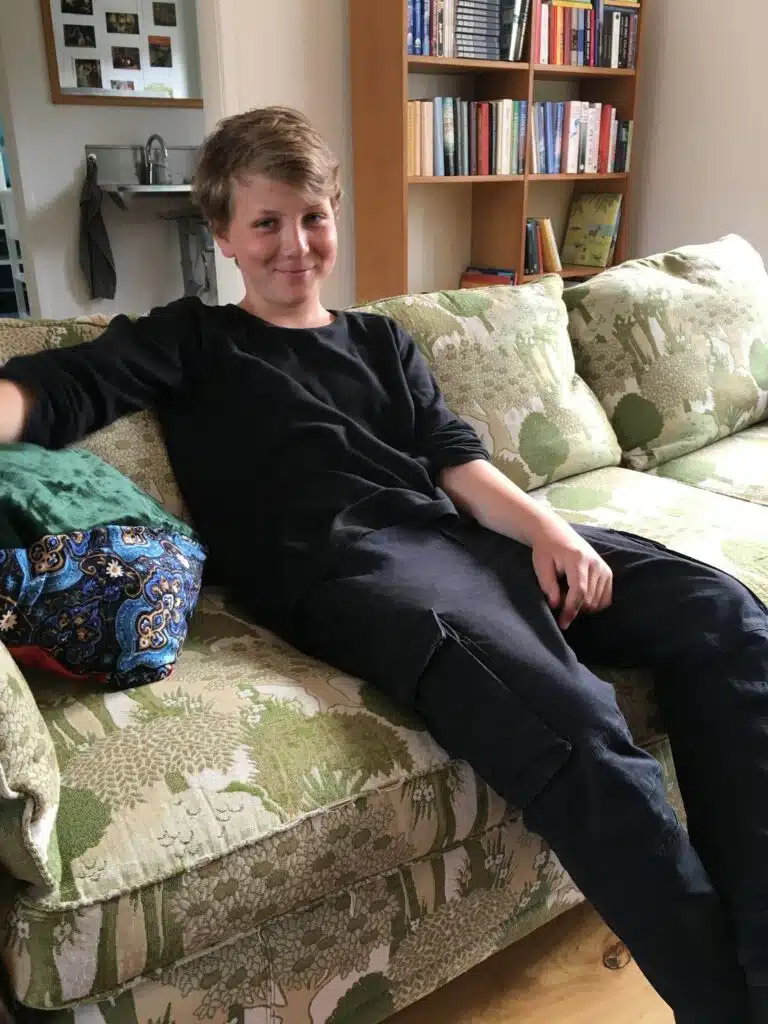


The living room at the farm – Facilitating parent event with Jenny – Art
The program in Sweden ran in 6-week periods. In one school year, Krystof would come home in the middle of November, then for Christmas, in the middle of February again, followed by Easter, and then for the whole summer in June. When he first returned after the initial six weeks, he already looked like a different person, but in a good way, of course.
He flew from Sweden on his own, an experience that was entirely new to him as he had never flown or flown alone before. Navigating the trip by himself brought about a whirlwind of emotions when he emerged from arrivals at the airport. I always think of the initial airport scene in the movie “Love Actually,” and I cry. This is exactly how we felt.
While studying in Sweden, he learned many things. One of the most significant lessons he likes to share was learning how to live with a group of other young people. Ten of them lived at the farm and collectively managed all the necessary work.

They prepared and cooked all their meals including baking bread every day. They took care of their living environment, including cleaning, laundry and all that. They took care of farm animals – cows, pigs, chickens, goats. He even learned how to help a cow to deliver a baby cow. And one day he called me so excited telling me that he knows how to use an electrical saw. Imagine me on the other side of the phone hearing this from my 12 year old..
When all the work around the farm was done, the academic day began. They learned through seminars, projects and self study. They would build a cabin and all the work they had to do to build the cabin was a source of math problems for their studies, and of other research they had to do. They also had plenty of time for philosophical conversations, for artistic work, painting, singing and theater plays. This brought them closer to themselves and also to each other. They also read books together and talked about it. They discussed politics. They talked about questions they have about their adult life, about meaning of life and about how they can make a contribution.
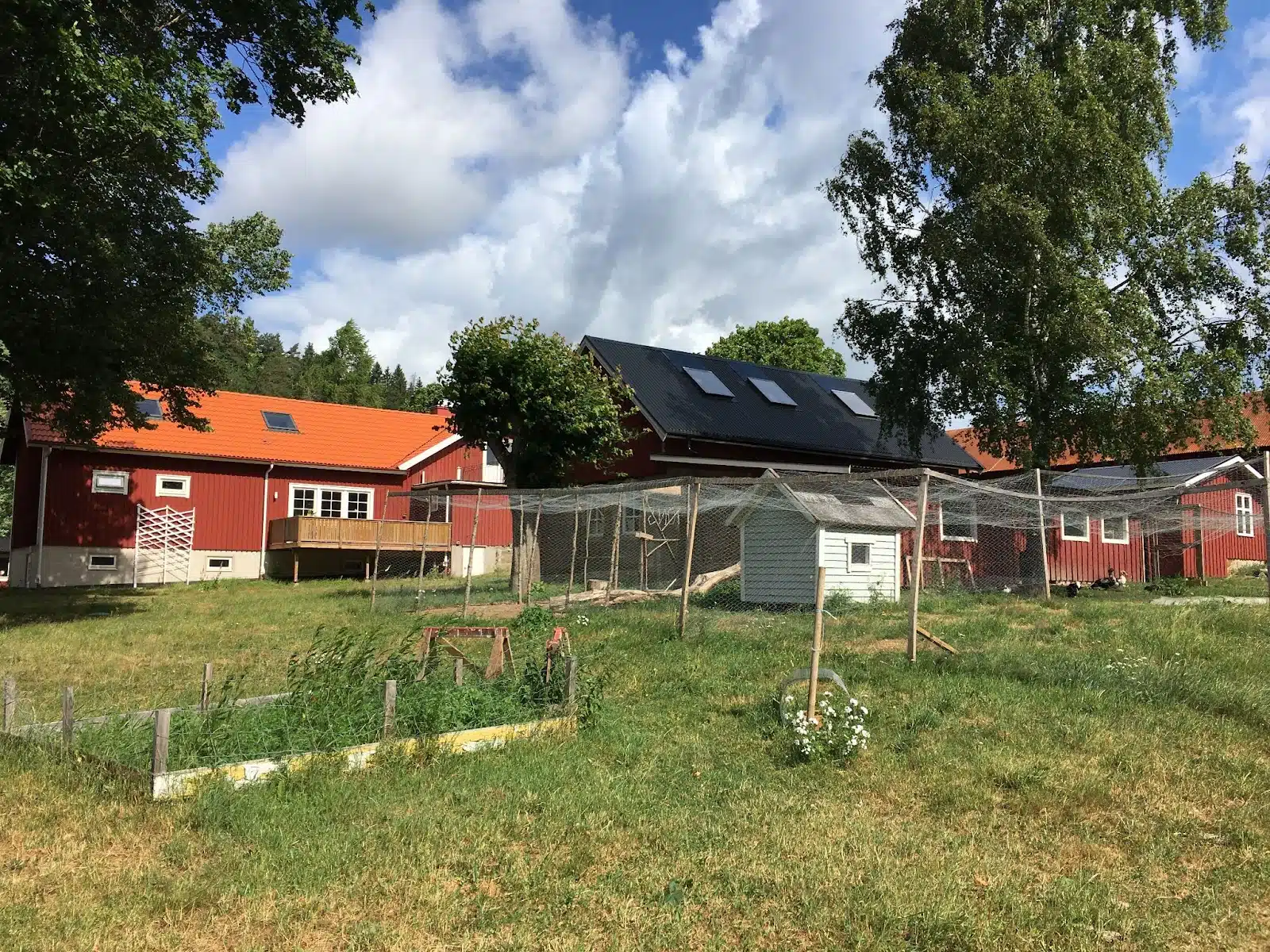
They kept bees and sold honey. They made apple juice and pies. They made beautiful stationery, candles and other things which they sold in a little shop at the farm and also at farm markets in the neighborhood.
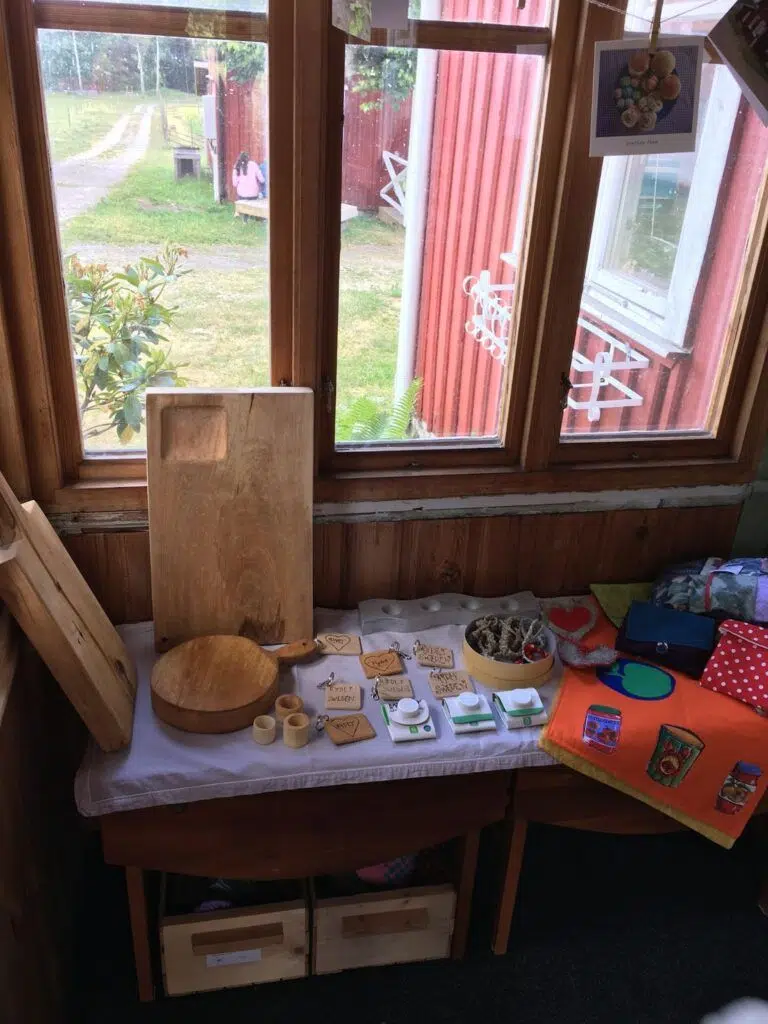
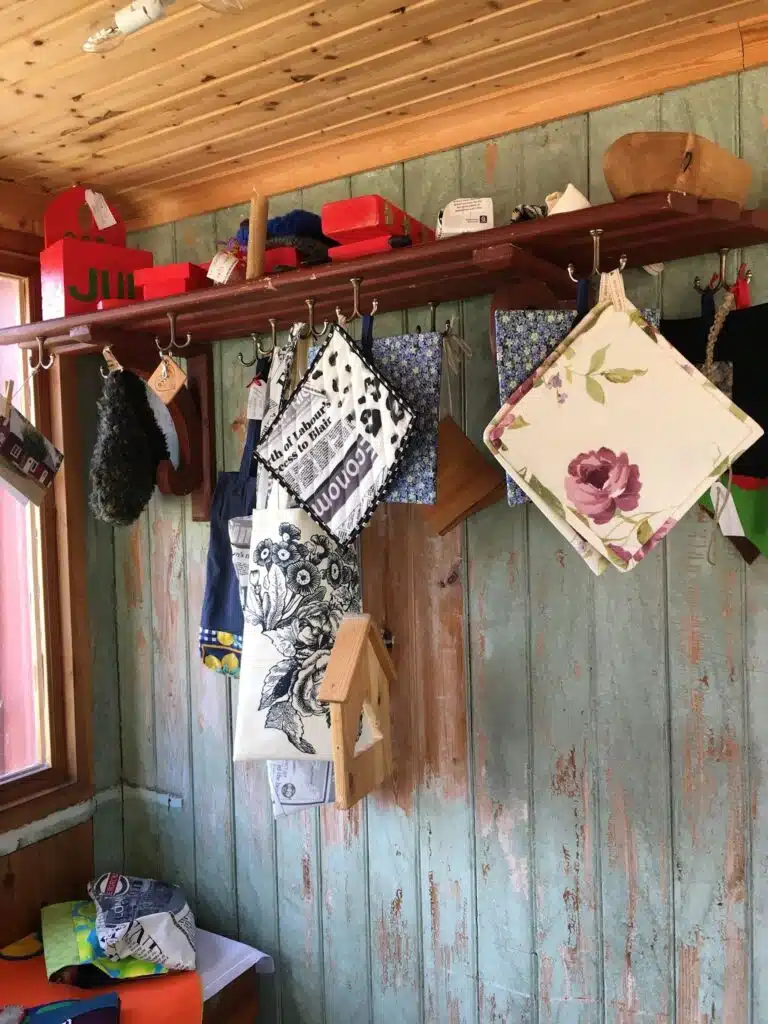
They took long walks and went on long hiking trips. They swam in the nearby lake. They biked, made fires, and spent a lot of time in nature. They explored the history of the place where they lived and they shared histories, languages and culture of countries they came from.


They had guides with high expectations, treating them with immense respect, viewing them as true adults. Work was considered noble as it was performed for the community and others, providing the young adults with a sense of validation—feeling, “I matter here.” My work matters.
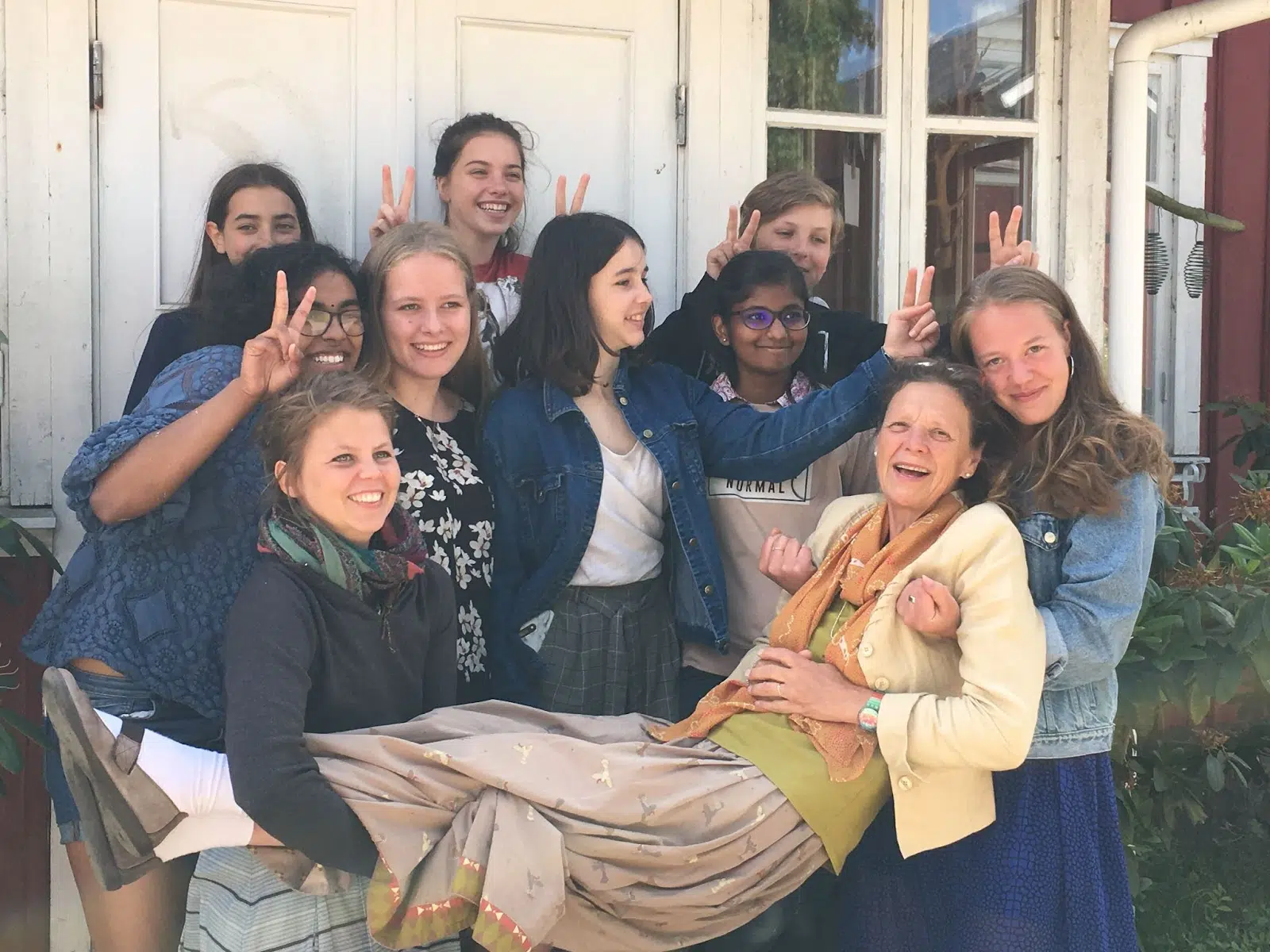
When Jenny held a course at the farm, they cooked for course participants and provided lodging and other services. This provided them with the opportunity to make relationships with people from all over the world. Many of my Montessori colleagues know Krystof from the farm. I even have a photo of an AMI Trainer Patty Wallner and Krystof (which I promised not to share, but I have it and it is very sweet..)
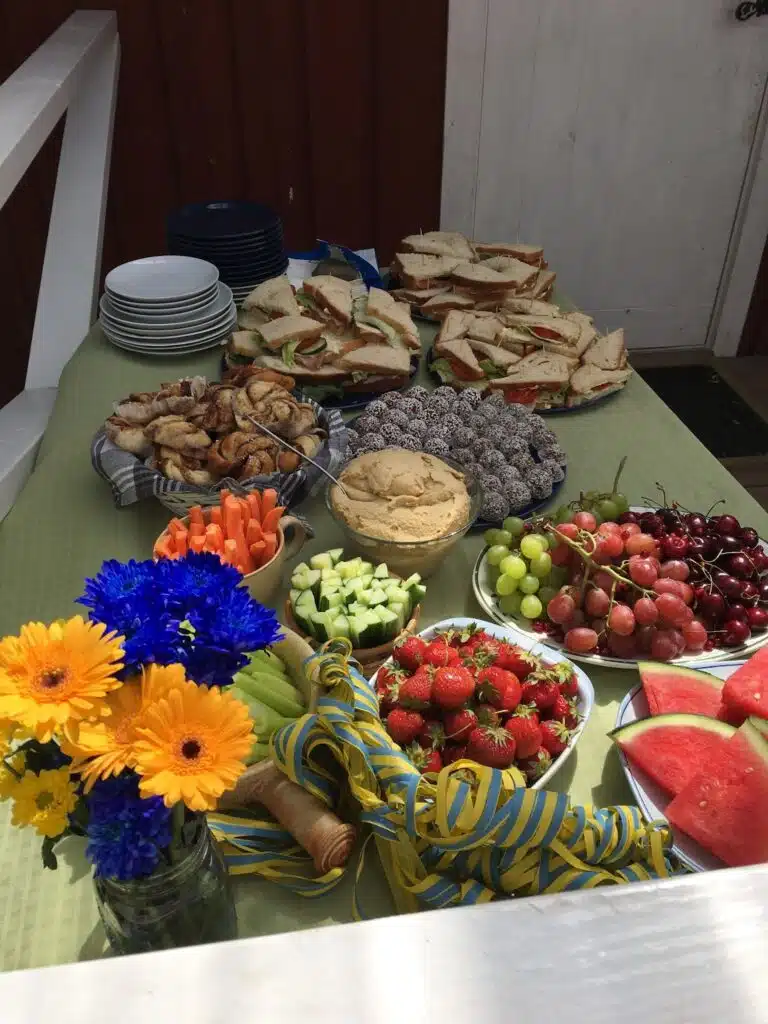
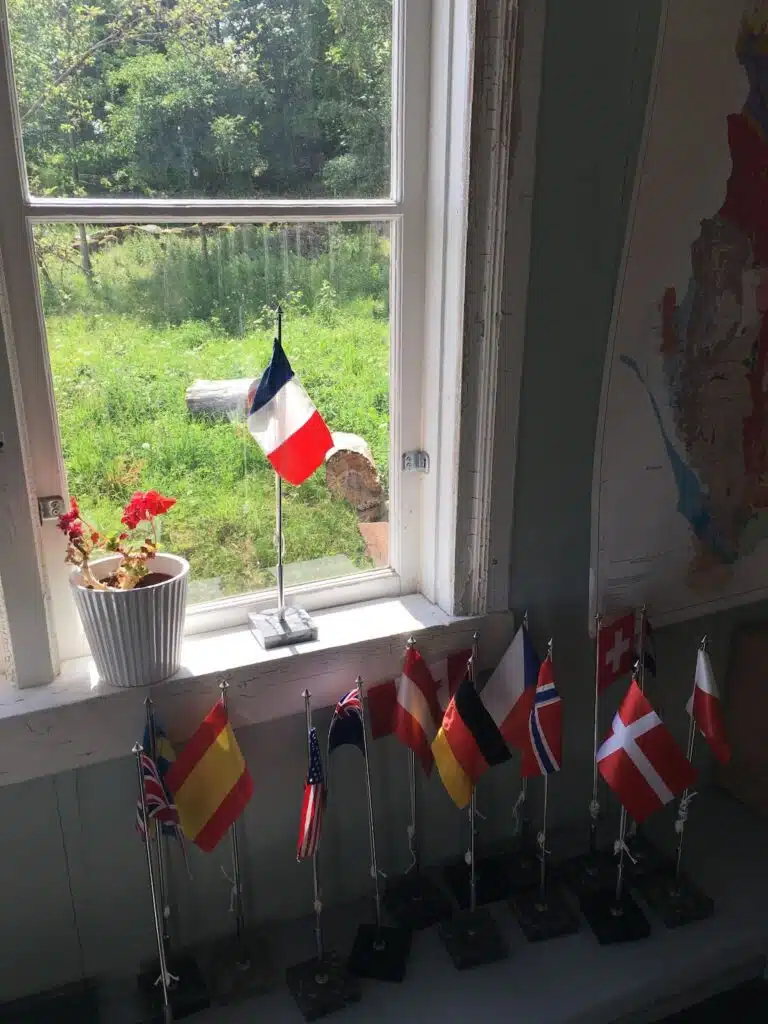
His participation in the Montessori farm adolescent program was a brave step to real life. The Montessori adolescent boarding farm program in Sweden was a safe haven which provided my son with exactly the learning opportunities he needed in his adolescence. He faced and overcame many challenges. He learned how to work hard, he learned what an adult life is like, he gained economic understanding and financial literacy. He also experienced that life is an always evolving reality to which he must adapt daily, facing it straight on, openly, honestly and always with the good of the whole in his mind.
What do I take from this experience for myself, as a parent and a Montessori professional?
We must trust our children, strive to understand their needs thoroughly, and create an environment that enables them to grow into young, independent, responsible, and self-aware adults. They should be equipped to recognize their life’s purpose and know how to pursue it. That is our ultimate parenting task.
Parenting entails a series of gradual ‘letting go’ experiences, beginning with the newborn gaining control over their neck movement. This progression toward independence continues through milestones like weaning off, crawling away from us, taking their first steps, riding a bike down the street, experiencing their first sleepover at a friend’s house, going to school on their own and eventually, becoming a young adult who leaves home to live their own life. These moments represent instances when our children are figuratively ‘walking away from us,’ and it’s crucial for us to trust that they can navigate these steps. This process is their preparation for independent life and their realization of their amazing capabilities.


Enjoy the poem below I am sharing with you. May it be an inspiration, whether you are a parent or a Montessori professional.
Let’s continue working on bringing Montessori to the world, building beautiful authentic Montessori schools, and creating adolescent programs that offer children and adolescents exactly what they need. It is one of the most important tasks to be done if we envision a world living in peace one day. From the toddlers in our infant community programs, the 3-6-year-olds in our kindergartens, the 6-12-year-old explorers, to the adolescent youth, they are the ones shaping the future of humankind. A promising future lies ahead if we trust in their ability to build themselves.
With much love and care,
Mirka

Kahlil Gibran: On Children
Your children are not your children. They are the sons and daughters of Life’s longing for itself. They come through you but not from you, And though they are with you yet they belong not to you. You may give them your love but not your thoughts, For they have their own thoughts. You may house their bodies but not their souls, For their souls dwell in the house of tomorrow, which you cannot visit, not even in your dreams. You may strive to be like them, but seek not to make them like you. For life goes not backward nor tarries with yesterday. You are the bows from which your children as living arrows are sent forth. The archer sees the mark upon the path of the infinite, and He bends you with His might that His arrows may go swift and far. Let your bending in the archer’s hand be for gladness; For even as He loves the arrow that flies, so He loves also the bow that is stable.

